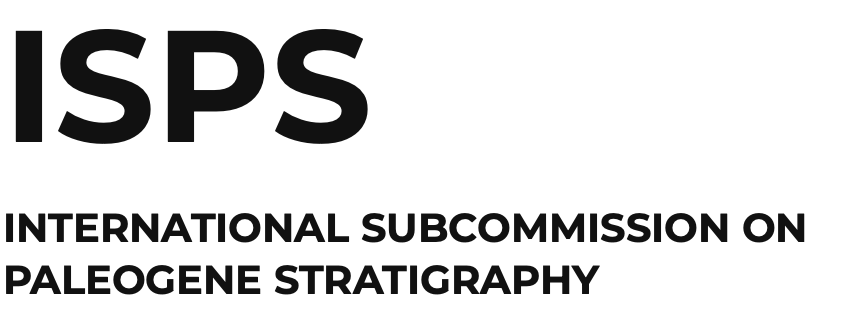Reasons for a name
The Priabonian stage made its appearance in the geological literture in 1893, by the pen of Ernest Munier-Chalmas and Albert de Lapparent, authors of a general stratigraphic overview from Archean to Neogene. The stage was named after the small hamlet of Priabona in the community of Monte di Malo, in the Veneto region of northern Italy, where Munier-Chalmas had started collecting fossils during his doctoral studies.


He made intersting geological observations on the Vicentin, and studied the rocks and fossils that he had collected. But failed to describe them: Munier had acquired an unvincible inappetence for the pen, a loathing for white paper. We owe to the tenacity and devotion of his students if he overcame this formidable obstacle. Everyone began to work. I leave you to imagine that the realisation if this thesis was not without effort nor clamour!Alfred Lacroix, 1928

No one can doubt of the great advantages offered by the adoption of uniform stratigraphical scale. The stablishment of such scale was the dream pursuited from 1878 to 1888 by the Geological Congress, that has spent much good will towards this task. (…) Regarding the Tertiary, its subdivision is founded both upon the great changes of the marine faunas, put in relationship with the corresponding orogenic movements, and the evolution of mammals.Munier-Chalmas & de Lapparent, 1893, p. 438-439.
The Priabonian is the Mediterranean equivalent of the Ludian of Northern Europe. The upper Eocene is well developped in the Colli Berrici, at Priabona (Italy), Biarritz (Basses Pyrénées), and at the Diablerets (Alpes). In both southern and northern regions it is characterised from special forms associated with Eocene and Oligocene species.Munier-Chalmas & de Lapparent, 1893, p. 479.

